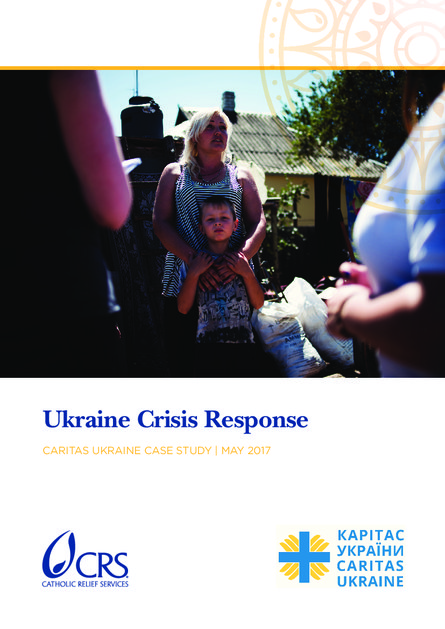
In late 2014, instability spread to Eastern Ukraine when the Russian Federation annexed Ukraine’s Crimean Peninsula and armed separatists took control of the Donbas region following the evacuation of the then president, Viktor Yanukovych, who had fled after 4 months of protests in the capital of Kyiv. The violence affected local communities and infrastructure, and nearly 3 million people fled their homes. The vast majority fled the area from mid-2014, with most moving into the government‑controlled areas of Donetsk and Luhansk oblasts, as well as Kharkiv, Dnipropetrovsk, and Zaporizhia oblasts that surround the conflict zone. Others moved to cities further west such as Kyiv and Odessa.
The purpose of this case study is:
- to illuminate the main factors that aided Caritas Ukraine in rapidly adjusting to respond to the crisis in Ukraine;
- to identify challenges faced during the expansion, the ways they were addressed and what could have been done differently;
- to identify areas for ongoing development and improvement of Caritas Ukraine’s programming, and provide recommendations to inform future emergency response operations in Ukraine as well as other countries; and
- to elucidate learning among the Caritas Internationalis member organisations that supported Caritas Ukraine and identify ways they can improve partnership initiatives in future responses.